With its towering prison structures, haunting history, and sweeping views of the San Francisco Bay Area, Alcatraz Island has long been a symbol of mystery, fear, and intrigue. Once home to America’s most notorious criminals, this storied island now stands as a monument to a complex past. My recent visit to the emblematic location was an unforgettable experience, filled with profound reflections and new insights into its rich history, from its days as a federal penitentiary to its significance in the fight for Indigenous rights.
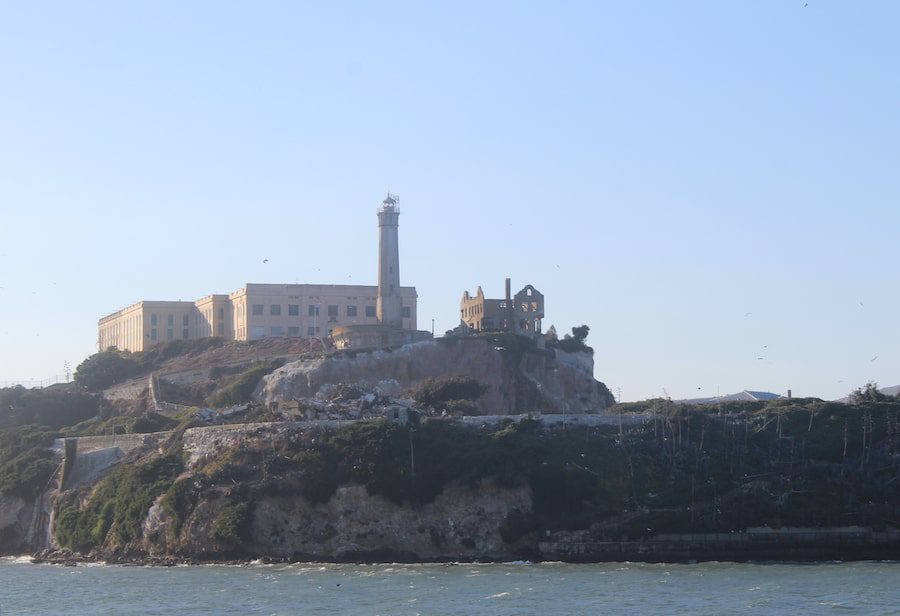
Alcatraz Island – Home to a Prison That Held Legends
As I walked through the dimly lit cellblocks, the chilling atmosphere of Alcatraz’s past as a federal prison was palpable. This establishment, once considered inescapable, was home to some of America’s most infamous criminals.
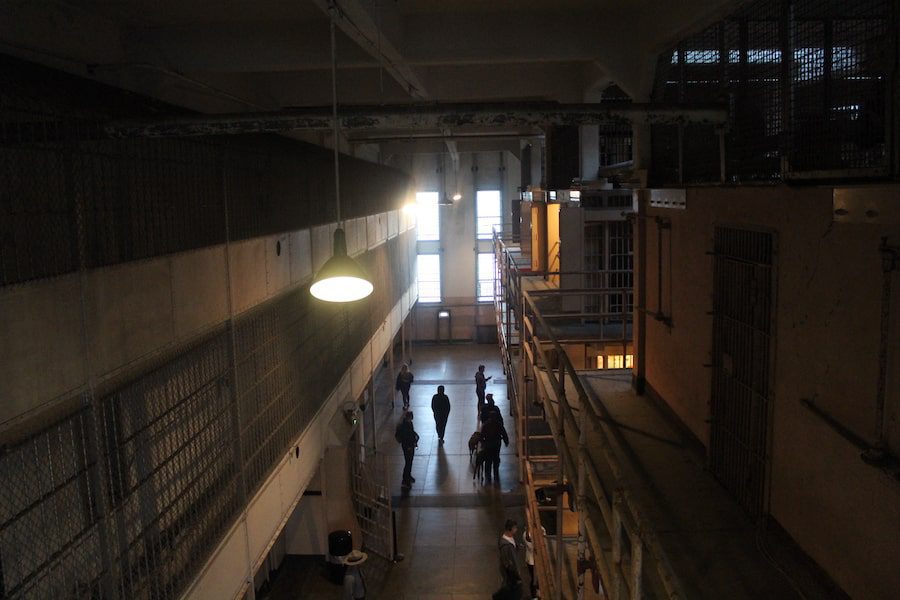
Among them was Robert Stroud, the Birdman of Alcatraz. His narrative is one of the most fascinating contradictions in the annals of criminal history—a man convicted of violent crimes who found solace in the care and study of birds. His love for these creatures, which he famously kept and studied during his imprisonment, stood in stark contrast to the harshness of his environment.
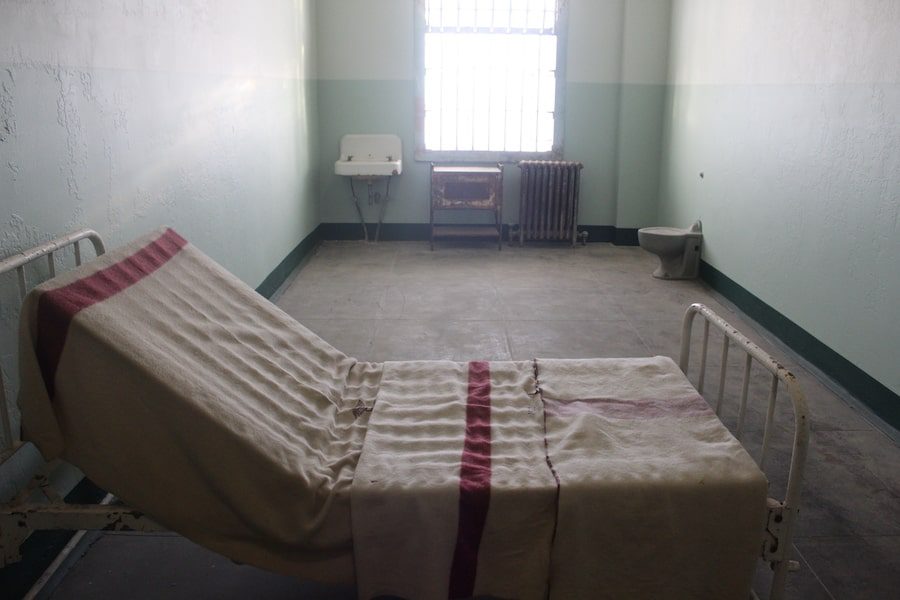
Another notorious figure who called Alcatraz home was Al Capone, the infamous gangster among the first prison inmates. Once the powerful ruler of Chicago’s underworld, Capone was brought to his knees by the unyielding routine of prison life on the Rock.
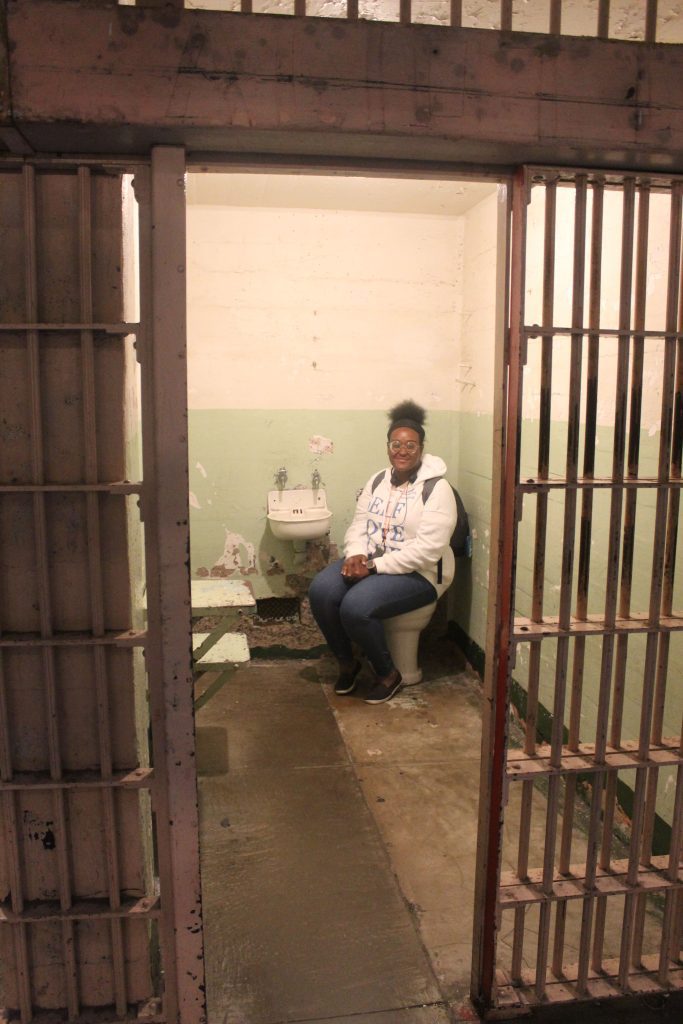
Walking past these cells, I was struck by the overwhelming sense of isolation and despair that must have consumed these men, who, despite their power and influence outside, were reduced to shadows of their former selves within these cold, unforgiving walls.

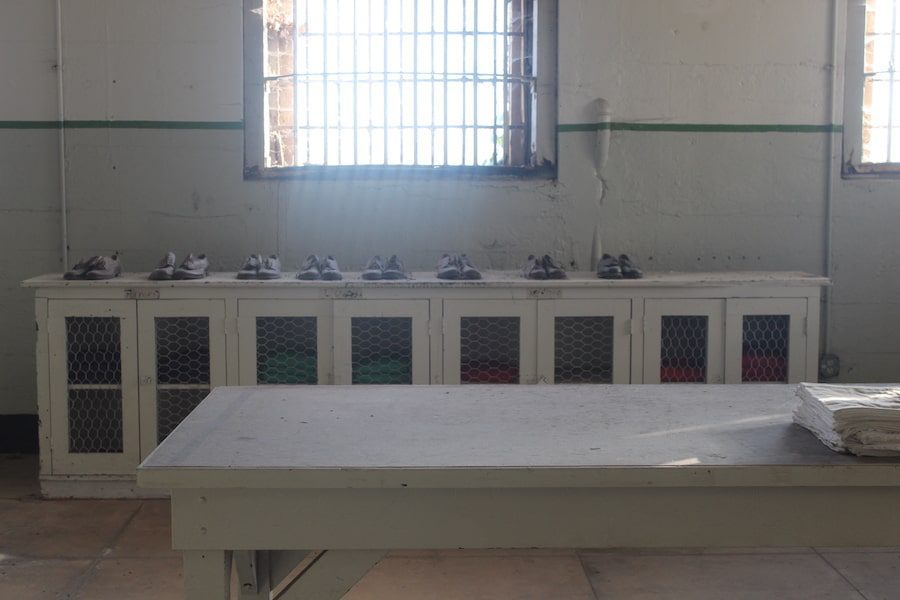

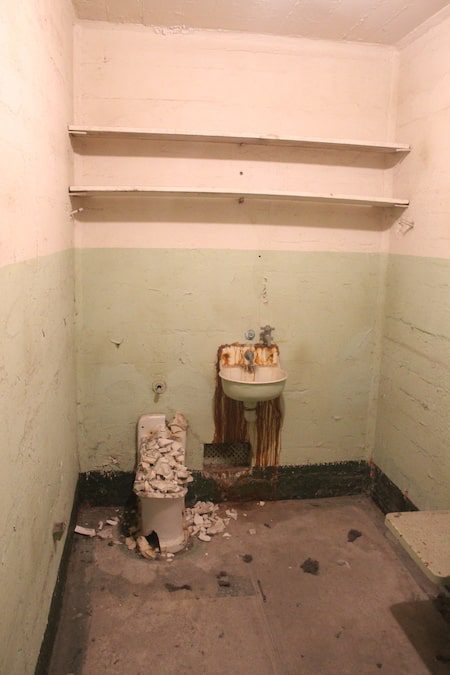
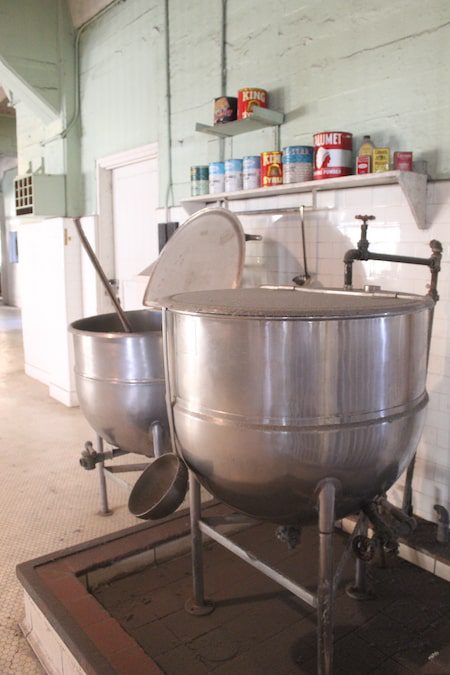
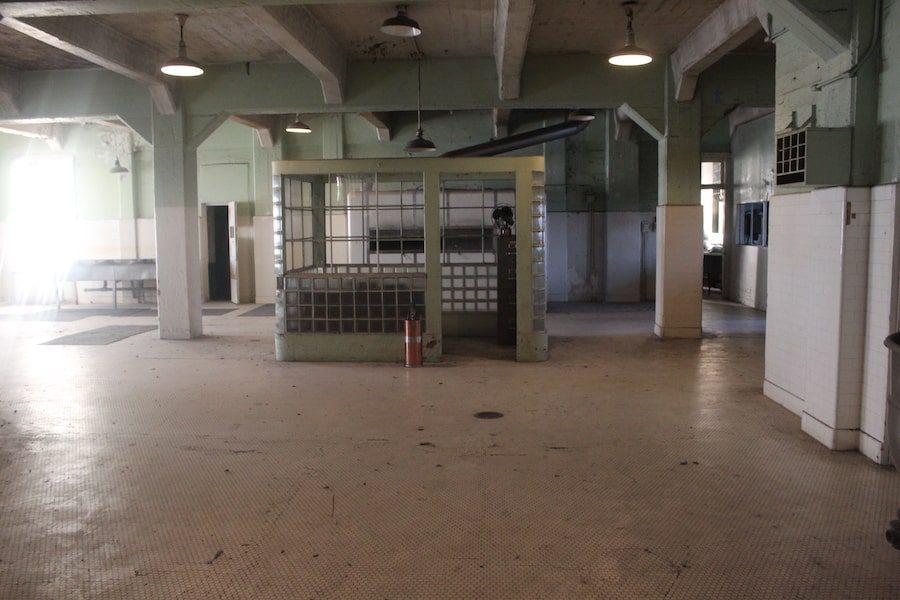
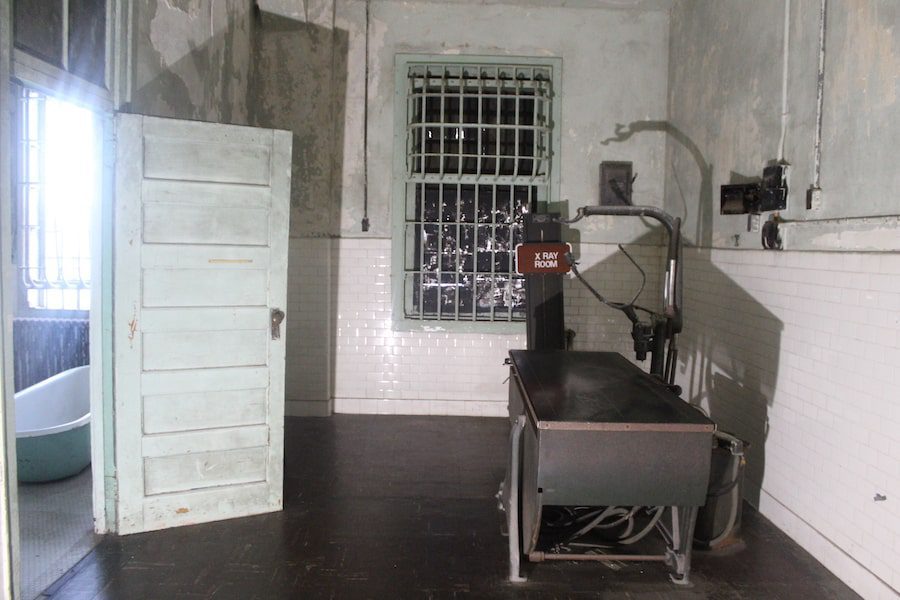
Sacred Places Within the Walls of Alcatraz Prison
As I continued exploring the penal institution, I was drawn to several locations that held a unique significance within the prison’s walls.
The chapel, intended as a space for spiritual solace, was the only place in the prison where no violence ever occurred between inmates. Prisoners seeking redemption or simply a moment of peace would gather there, though the ever-present tension of their surroundings was never far away.
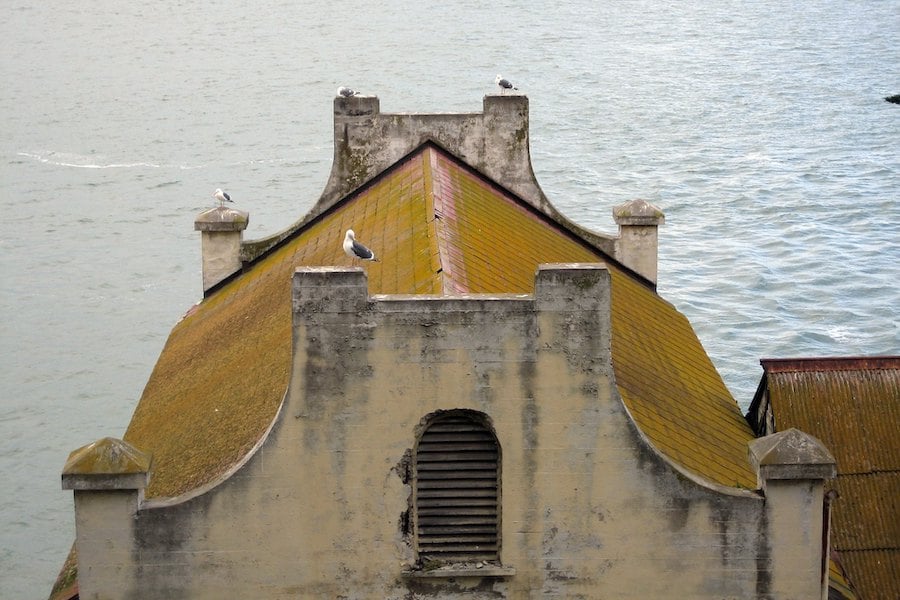
The courtyard, a rare open-air area, provided a brief respite for the convicted, a place where they could experience a sliver of freedom. Even within the high stone walls that surrounded them, the courtyard allowed prisoners a momentary escape from their harsh reality—a place to socialise, exercise, or simply gaze up at the open sky, imagining a life beyond the island.
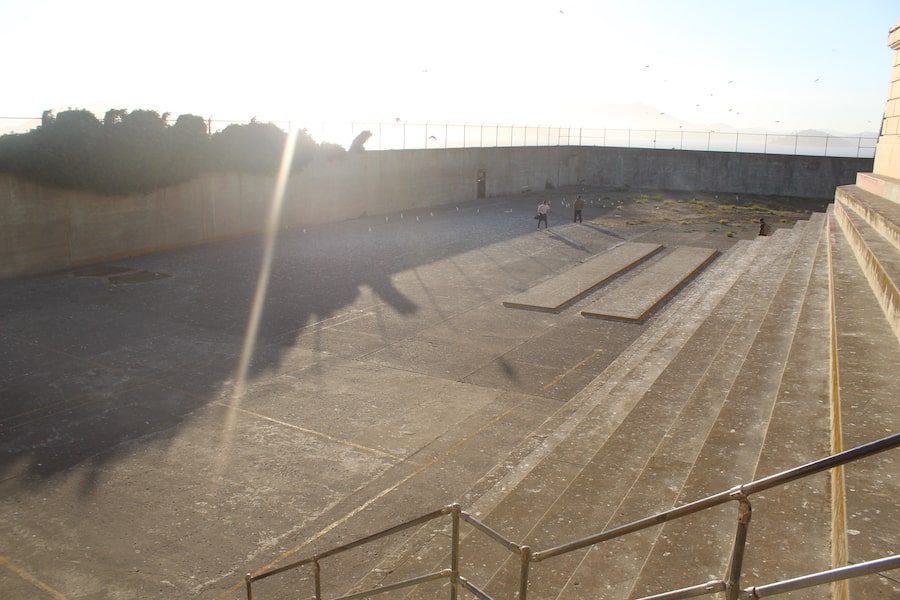
The library, filled with masterpieces that transported all to worlds far beyond their cells 3 books at a time, was another vital refuge. For some, it was the only connection to a life outside, a source of knowledge and a way to maintain a semblance of normalcy.
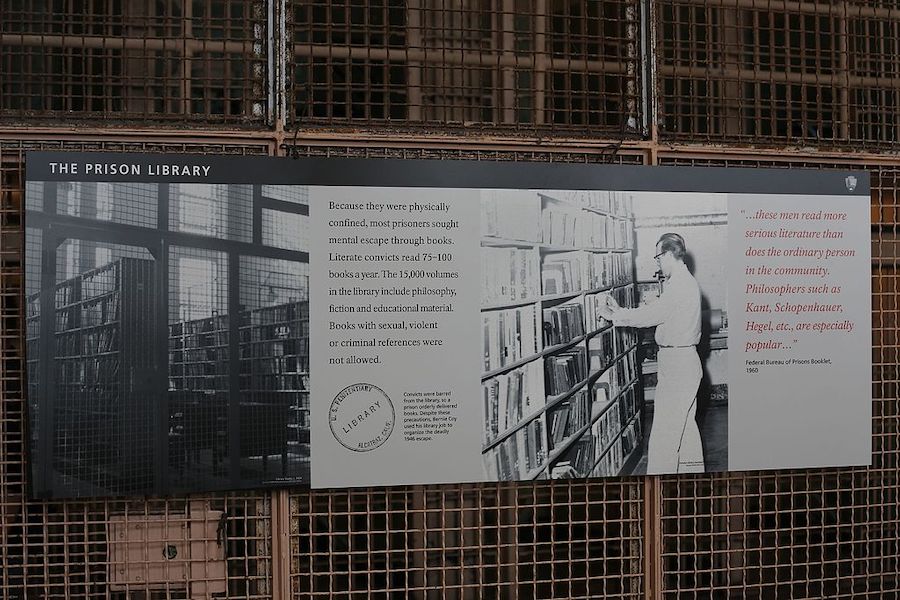
Overlooking these sacred spaces was the watch zone for the guards on the second floor, a constant reminder of the island’s strict surveillance and control. From this vantage point, guards kept a vigilant eye on the inmates below, ever watchful for signs of unrest or escape attempts.

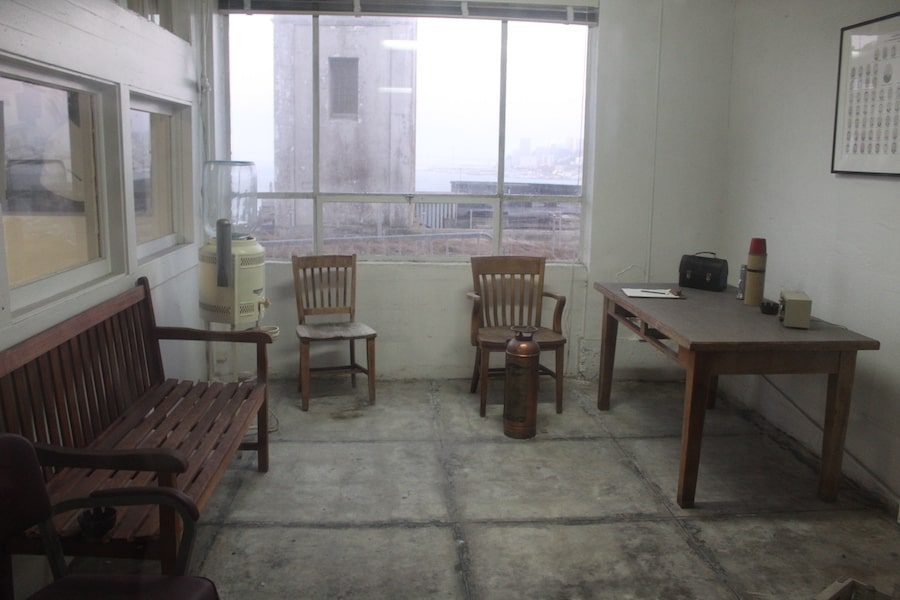
Alcatraz Island’s Indigenous Legacy
While Alcatraz is most commonly associated with its role as a federal prison, it also holds a significant place in the history of Indigenous resistance in the United States. After the establishment closed in 1963, Alcatraz became the site of a remarkable chapter in the struggle for Indigenous rights. In 1969, a group of Native American activists, representing various nations, occupied the island, declaring it Indian land. This occupation, which lasted until 1971, was a powerful statement against the injustices faced by Indigenous peoples in the United States.

The activists who occupied Alcatraz aimed to reclaim the island as a cultural and educational center where Native American history and culture could be celebrated and preserved. Their message was clear: Alcatraz, once a place of confinement and despair, could become a symbol of freedom and cultural renewal.
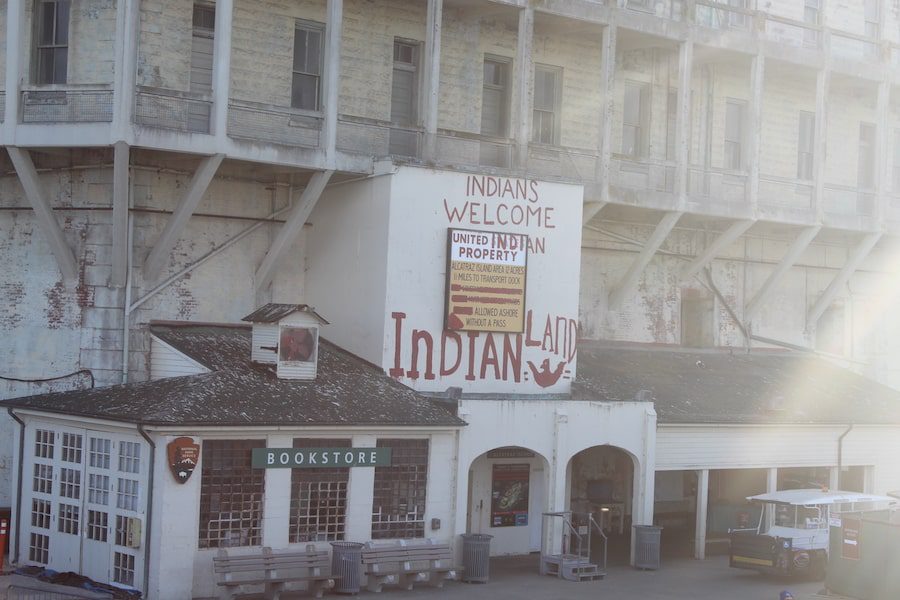
Though the occupation eventually ended, it left an indelible mark on the history of Indigenous activism, raising awareness about Indigenous issues and inspiring future generations to continue the fight for justice and sovereignty.

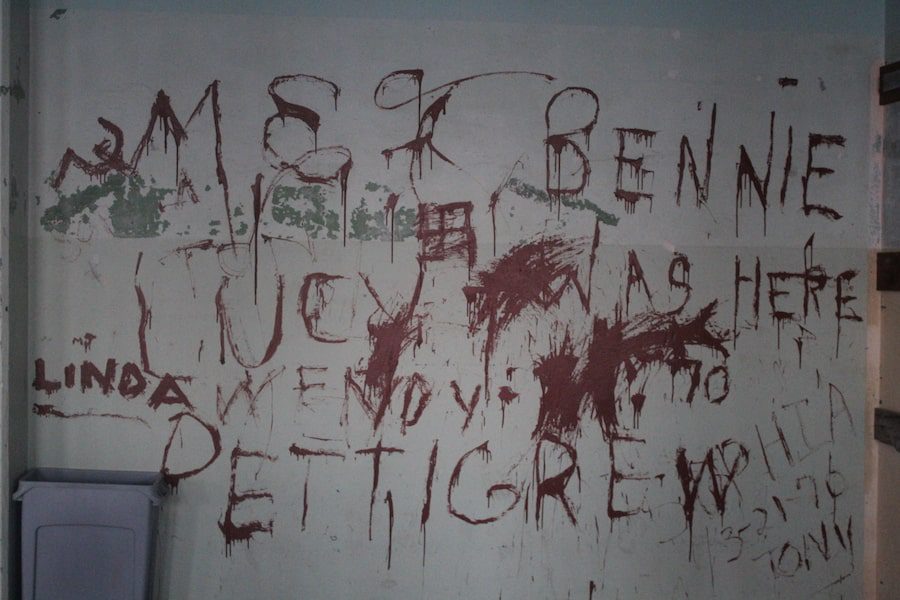
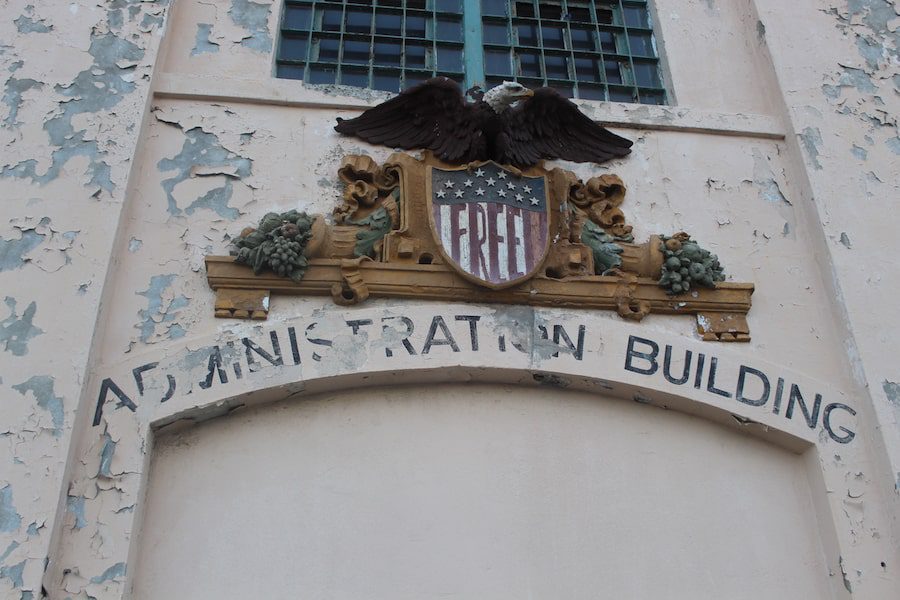
Legends and Escapes of Alcatraz Island
Alcatraz was designed to be an impenetrable fortress, yet it became the stage for some of the most daring escape attempts in American history. The most famous escape from Alcatraz occurred in 1962 when Frank Morris and the Anglin brothers, John and Clarence, ingeniously crafted a plan to flee the island.
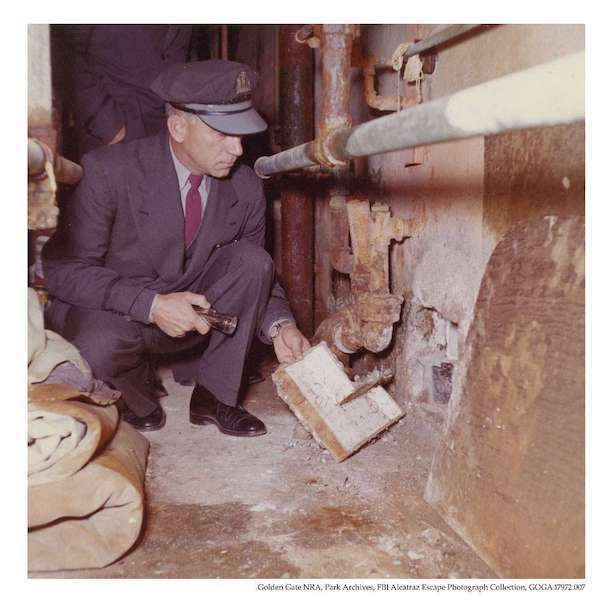
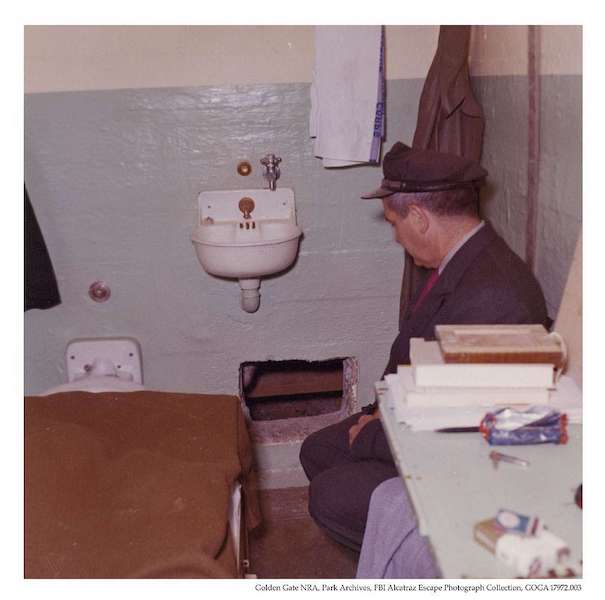

After months of digging through the walls of their cells with makeshift tools, they fled through the utility corridors and launched a raft made from raincoats into the treacherous waters of San Francisco Bay. Their fate remains one of the most intriguing mysteries, as they were never found, leaving open the question of whether they successfully reached freedom.
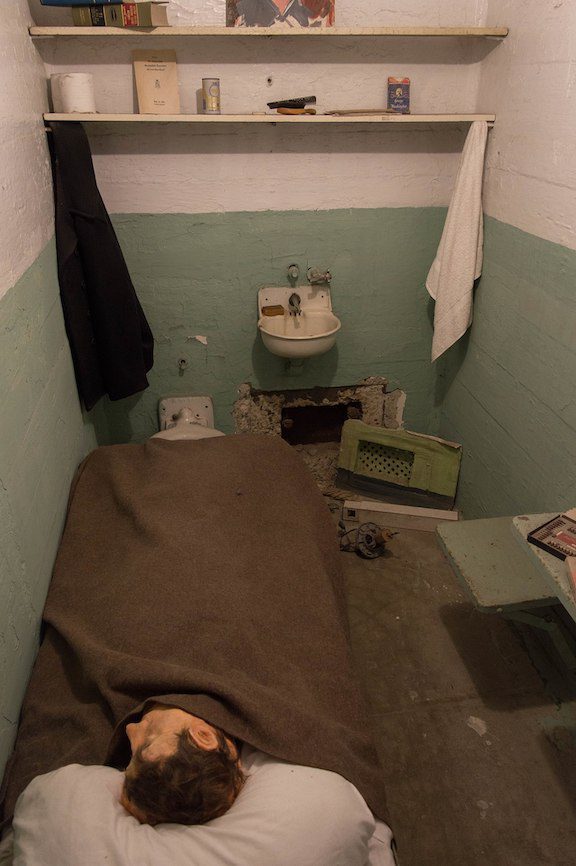
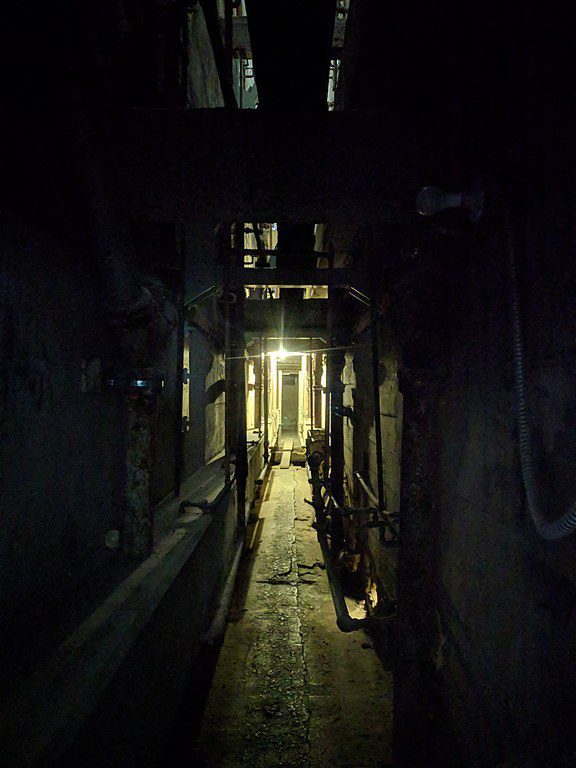
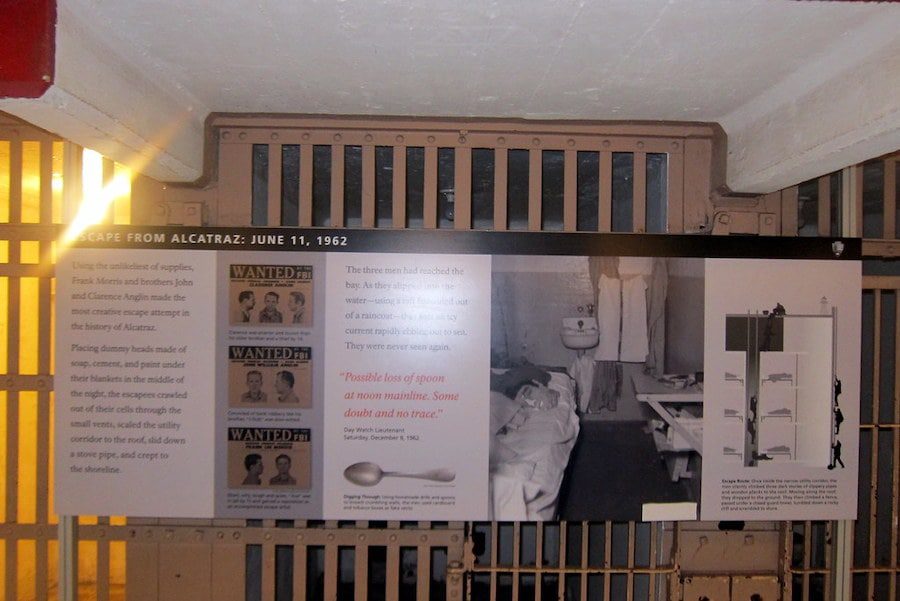
Other notable escapes include the 1937 disappearance of Theodore Cole and Ralph Roe, who vanished into the foggy bay waters, and the violent 1946 Battle of Alcatraz, where six inmates attempted to break free, leading to a bloody standoff.
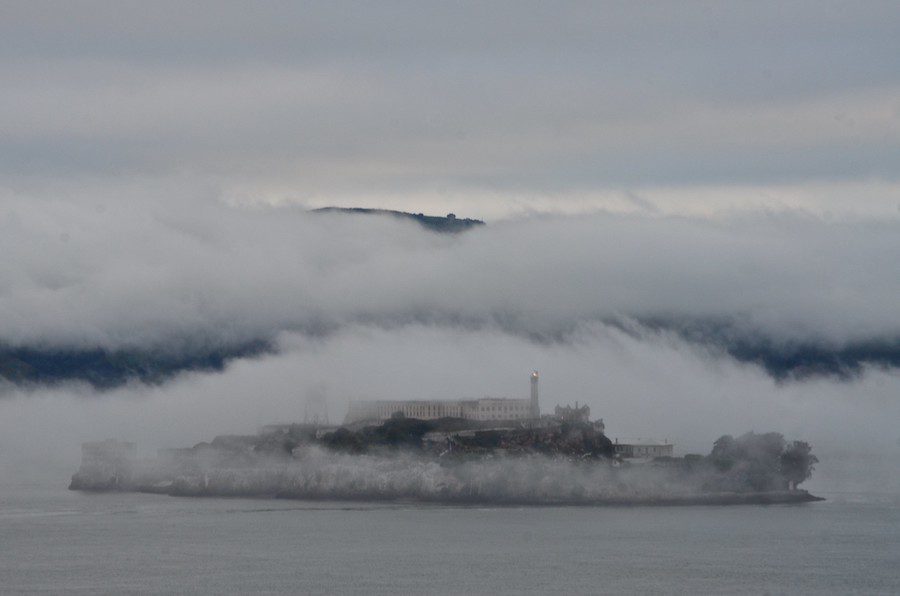
These escape attempts have only added to the legend of Alcatraz, transforming it into a symbol of both the limits of human confinement and the relentless pursuit of freedom.
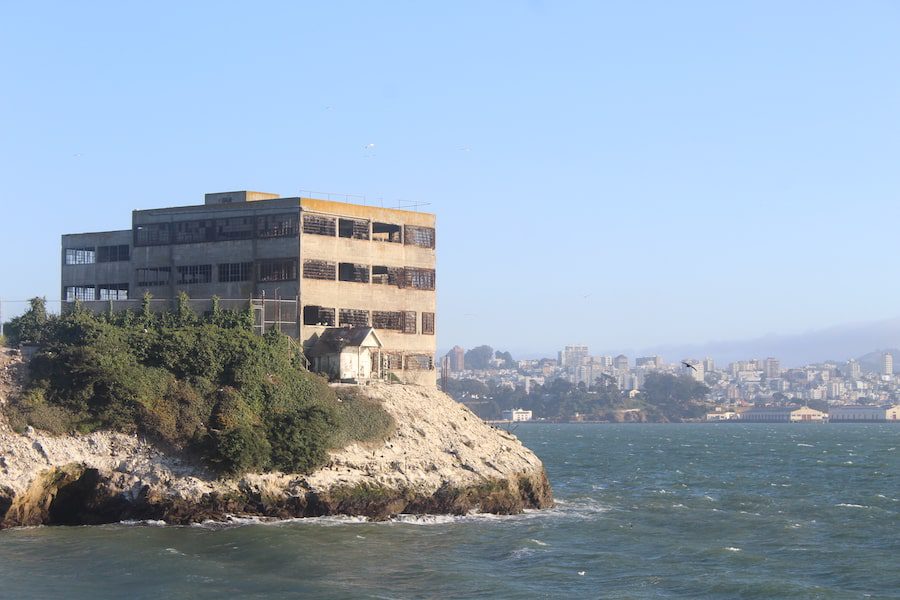
Reflections on a Journey
My visit to Alcatraz Island was a journey through both the darkest and most resilient aspects of human history. The stories of those who were imprisoned on the island and those who fought to reclaim it as a symbol of resistance are a testament to the complexities of history.
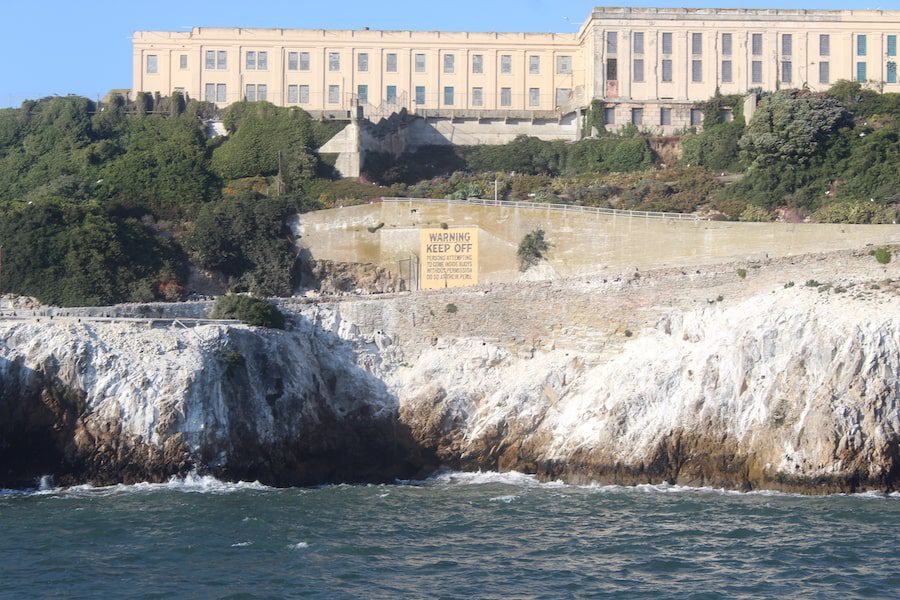
Alcatraz Island is more than just a former prison—it is a place where history, suffering, and resilience converge. My journey to the island was not just a step back in time, but a step forward in understanding the intricate tapestry of American history, from the notorious criminals who once inhabited its cells to the brave activists who fought to redefine its legacy. This visit will stay with me for years to come, a powerful reminder of the enduring human spirit and the complex stories that shape our world.

Lastly, I want to thank Stanford from National Parks tremendously for the extraordinary private tour and the wealth of information he shared with me. His dedication and passion made this visit an experience I will treasure forever.
San Francisco Accommodations Map
Looking for a place to stay during your visit to San Francisco? Check out this interactive map to different accommodations available in San Francisco.
Disclaimer: There are affiliate links in this post. If you make a purchase after clicking on one of these links, we may receive a small commission at no extra cost to you. This commission contributes to paying our writers for their storytelling. We only post links to things that we ourselves have tried.
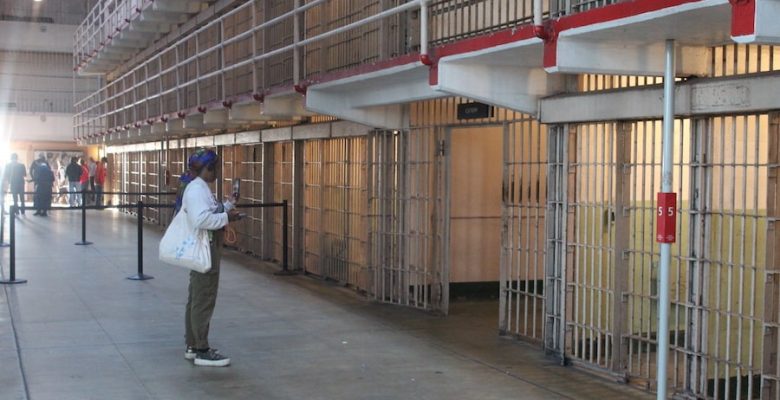
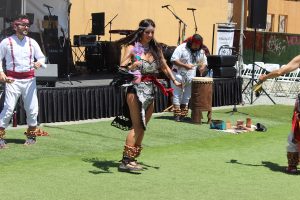


Leave a Reply